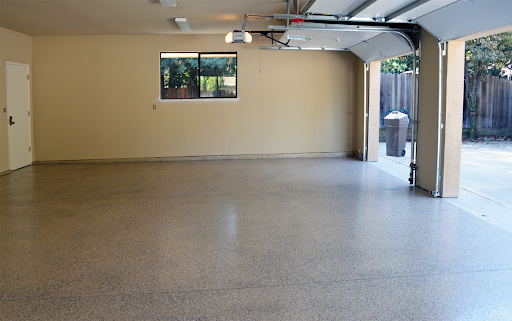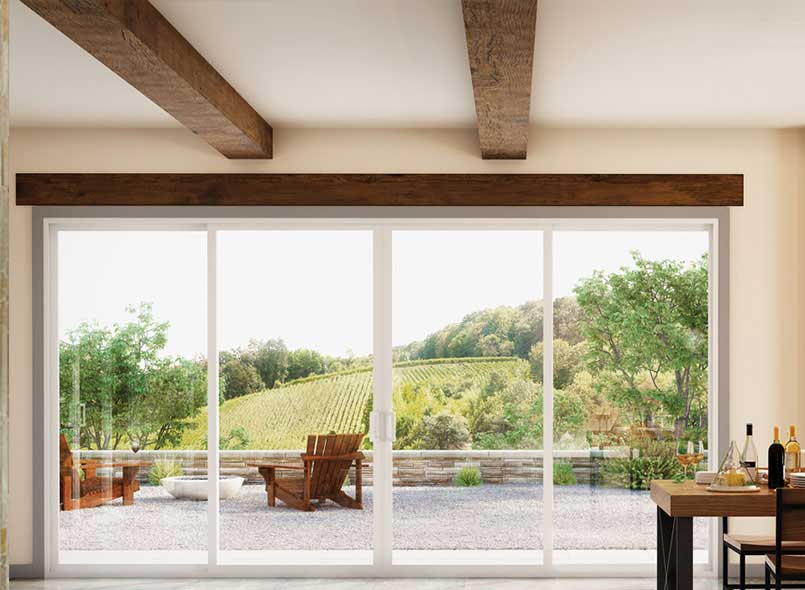Practicing golf indoors might seem like a compromise, but with today’s technology, it can feel close to the real thing. Whether you’re working on your short game, refining your swing, or simulating full rounds, a home golf simulator can bring the course to you. The key is creating an immersive, responsive setup tailored to your goals. A good indoor setup doesn’t just let you hit balls—it replicates the feel, feedback, and challenge of the course. Let’s explore how to make indoor golf practice realistic and get the most from your home simulator.
Real-Time Data and Feedback
A high-quality at-home golf simulator delivers instant, actionable feedback by analyzing key metrics like clubhead speed, launch angle, ball spin, and shot direction. This real-time data helps golfers make immediate adjustments, just like on the course. It’s more than numbers—it’s a tool for growth. By seeing how small changes in grip or stance affect performance, practice becomes more focused, effective, and transformative.
High-Quality Visual Simulation
The realism of indoor golf depends on visual immersion. A quality simulator projects vivid, true-to-scale images of golf courses, making you feel like you’re on a championship tee—even if you’re in your garage. Advanced software adds features like wind, elevation changes, and varied surfaces, letting you
Accurate Ball Tracking Technology
A high-quality home golf simulator uses advanced sensors or cameras to track ball flight, capturing details like launch direction, carry distance, spin rate, and trajectory. These accurate measurements replicate the results of an actual course, building confidence when a well-struck shot matches its real-world distance. This reliable feedback creates an effective training loop, refining muscle memory and improving decision-making in ways traditional indoor practice can’t match.
Swing and Body Movement Analysis
Swing and body motion analysis adds to the realism of indoor golf practice. Many simulators let players record swings or track movements with advanced sensors. By viewing your form from multiple angles and analyzing stats, you can see how your mechanics impact performance. This level of detail is hard to achieve outdoors, where small movements are often missed. A home golf simulator lets you replay and analyze every swing, enabling faster corrections and long-term improvement.
Simulated Challenges and Game Modes
Golf is full of variables—bunkers, wind, slopes, and high-pressure moments—and your home simulator should reflect that. Modern simulators offer game modes and challenges that mimic real course conditions, from closest-to-the-pin contests to full rounds with shifting weather. Training in these scenarios sharpens your skills and builds the mental resilience to handle the unexpected. Plus, it makes practice more fun and competitive.
Short Game and Putting Features
Many think golf simulators are only for practicing long shots, but that’s not true. A good at-home simulator is great for improving your short game too. From chip shots and pitching to putting drills, you can sharpen your precision without leaving home. Advanced systems even include putting alignment tools and adjustable green speeds for a realistic experience. Since the short game is where golfers often gain or lose strokes, practicing it at home can boost your performance.
Customization for Realism
The best practice environments are personal and purposefully designed. Include features that replicate the on-course experience, like turf-like mats, sound effects, and adjustable lighting for different times of day. Simple additions, like a swing mirror or scorecard holder, add authenticity. A well-designed simulator not only looks great but also encourages consistent use and focused training.
Conclusion
An at-home golf simulator isn’t just about hitting balls indoors—it’s about recreating the authentic experience of playing on the course. From precise feedback and immersive visuals to realistic, game-like challenges, a well-designed simulator brings the game to life. With accurate data, engaging graphics, and customizable features, your indoor practice can closely replicate the outdoor feel. The more your setup captures the essence of real play, the more effective your training becomes—leading to noticeable improvements when you return to the green.









